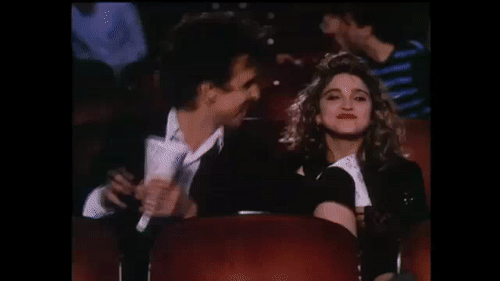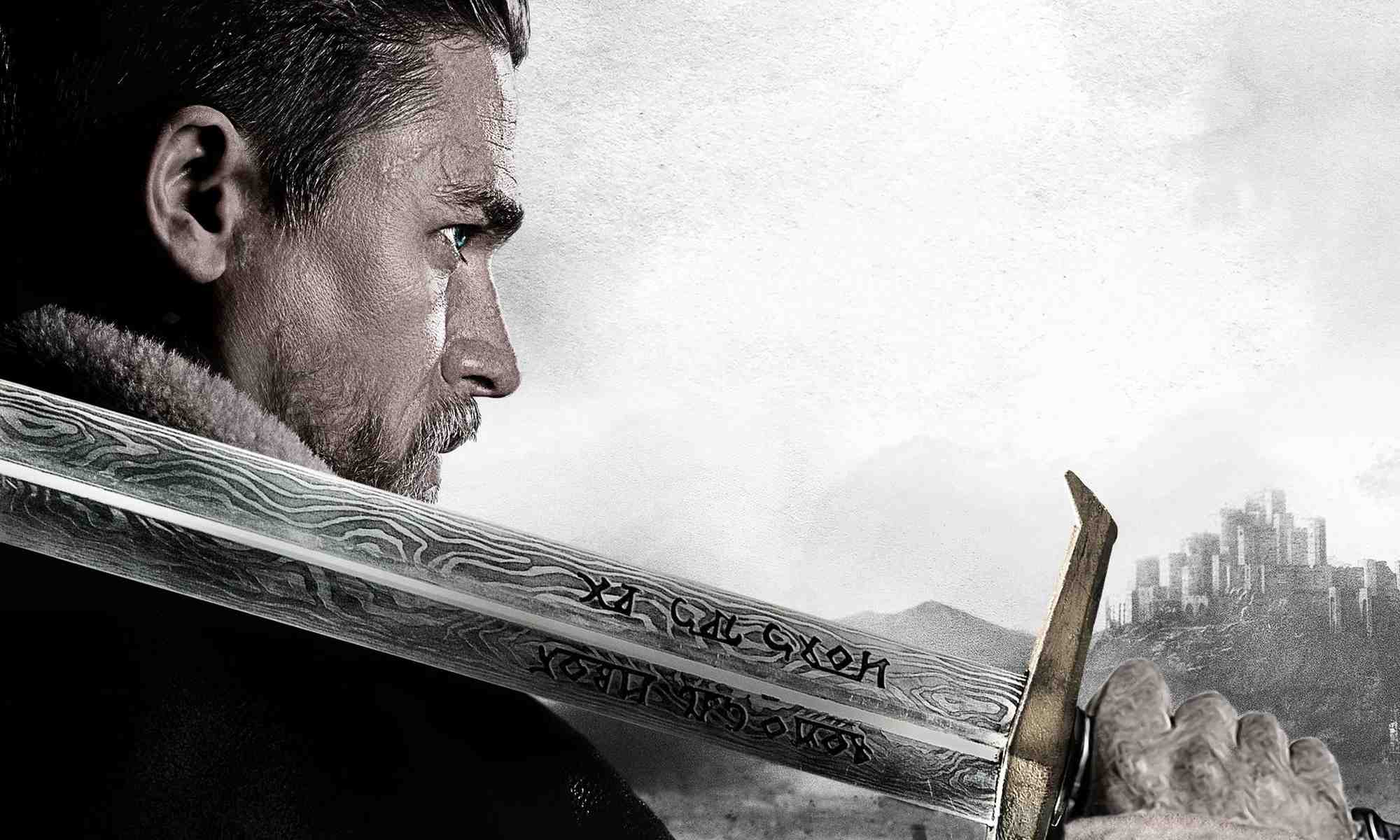Title: The Return of the Sword
Scene: A misty dawn at an ancient stone monastery in Podstrana, Croatia. The ruins sit atop a rugged hillside, overlooking the Adriatic Sea. Joe Jukic, clad in a weathered leather jacket, stands beside a moss-covered sarcophagus. The air is thick with history, and in his hands, he holds a rusted, timeworn sword—King Arthur’s long-lost blade, resting in the tomb for centuries.
Enter Prince Harry, dressed simply, his usual royal demeanor replaced by something humbler, more uncertain. His boots crunch over the damp grass as he approaches Joe. He stops a few feet away, staring at the sword.
Joe Jukic:
(Holding up the sword, studying it one last time.)
Funny thing about legends. You dig long enough, and sometimes… they turn out to be real.
Prince Harry:
(Eyes locked on the blade, voice steady but unsure.)
Is it really his?
Joe Jukic:
Every mark, every dent… it tells a story. Your ancestor’s story. The last sword of Arthur, hidden here, far from Camelot. They buried it to keep it safe—until the right man came to claim it.
(Joe extends the sword, holding it out between them.)
Prince Harry:
(Pauses, hesitant to take it.)
And you think that man is me?
Joe Jukic:
I don’t decide that. He does. (Nods to the heavens.)
God can only give what is rightfully yours. I’m just the messenger.
Prince Harry:
(Slowly reaches out, fingers wrapping around the hilt. The moment he touches it, a gust of wind rushes over the hilltop, as if history itself is exhaling.)
And if I’m not worthy?
Joe Jukic:
(Smirks, folding his arms.)
Then the sword will let you know.
Silence. Harry lifts the sword, feeling its weight—not just in metal, but in responsibility. He exhales, nodding.
Prince Harry:
Then I guess I have a destiny to fulfill.
Joe Jukic:
(Chuckles, stepping back.)
Better hurry up. The world doesn’t wait for kings anymore.
The camera lingers on the rusted sword in Harry’s grip. The sun rises behind him, casting a golden glow over the Adriatic.
FADE TO BLACK.



